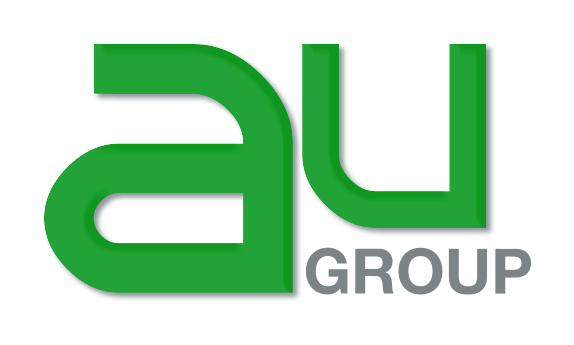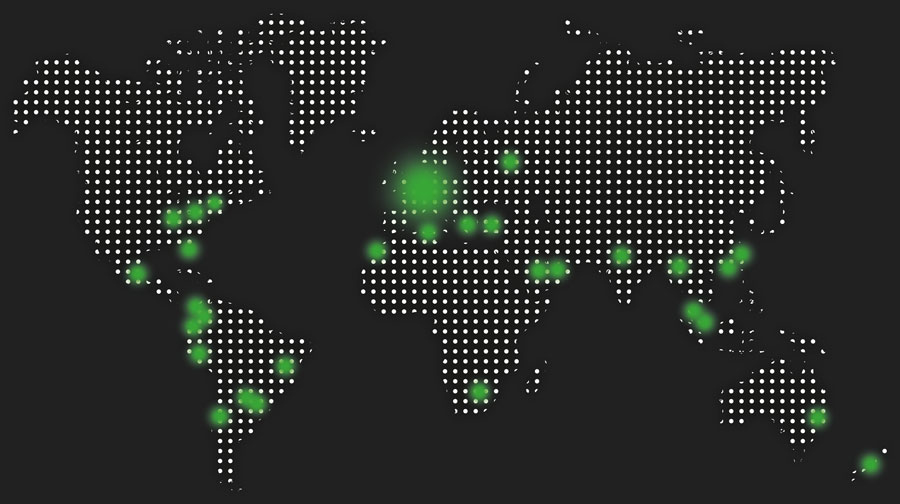
Swiss Economic Situation
The Swiss economy (country rating AA1) is one of the most stable in the world and also one of the most competitive. The economy grew by 1% in 2017 – there is low unemployment and good private consumption. The country is highly dependent on the export industry and the main export markets are:
– Germany: 19.8 %
– US: 11.1 %
– Italy: 7.2 %
– France: 7.1 %
– UK: 5.4 %
By product (% of total ):
| Exports | Imports | |
| Non-Monetary Gold | 25% | 26 % |
| Pharmaceuticals | 22 % | 9 % |
| Clockmaking | 8 % | |
| Jewellery, works of art | 5 % | 8 % |
| Cars and cycles | 4 % | |
| Basic Organic Chemicals | 5 % | 4 % |
The main strengths are:
- Sound political institutions
- Specialist manufacturing of high-quality goods with, however, a relatively inelastic demand during the economic crises
- Large current surpluses
- Very good public finances with fiscal surpluses and low public debt
The main weaknesses are:
- International pressures on bank secrecy, populist votes on immigration and an ageing population could affect the current strong business environment in the medium term
- The banking asset to GDP ratio is amongst the highest in the world at 450 % in 2013.
With regard to insolvencies, the sharp CHF appreciation and the consequent growth slowdown caused the number of corporate insolvencies to rise by +7 % in 2015. The trend moderated to +3 % in 2016, in line with the improving economy and to +1 % in 2017; stabilisation in 2018 is expected.
Impacts of the economic situation on the trade credit insurance market
The main growth targets by the insurers are in Bonding and in International business. The risk rating of swiss companies is steadily improving as a reflection of the strength of the Swiss economy. Swiss companies are not obliged to file their financial statements which makes the information collection difficult and time consuming. The number of financial data collected increased by 31 % since 2010.
The risk portfolio of Swiss policyholders is mainly driven by export business (> 80 % concentration in two sectors: commodities and IT) with high average credit limits and a reasonable portfolio quality. Nevertheless, the insurers are more vulnerable to large claims and rely heavily on few very large policyholders for premium growth.
The main challenges for the Insurers are:
- Collection of proprietary information because Swiss companies are not obliged to publish any financials.
- Support organic growth in Bonding and Credit Insurance through brokers
- Handling an increased number of claims during the last years.
Due to the high concentration in commodity trading (due to the high local presence of commodity traders), flexibility and innovation are needed: tenders, single transactions, spot-deals.
Africa in the medium term will gain a higher importance (a local risk underwriting presence is necessary); Turkey, Eastern Europe and Russia will continue to be very important with disproportionately more claims in Central and Eastern Europe than in Western and Central Europe. . Risks in non-Core-Countries with weak economies and weak banking systems remain challenging
Main credit insurers/market share
Net premium for credit insurance in 2016:
Euler Hermes: 29.5 Mio. CHF, 17 %
AX Winterthur: 22.7 Mio. CHF, 13 %
Atradius: 24.5 Mio. CHF, 14 %
Lloyd’s: 45.9 Mio. CHF, 26 %
Coface: 17.1 Mio. CHF, 10 %
Credendo (ex Garant): 12.2 Mio. CHF, 7 %
Some other insurers have a low market share: Zürich, Chubb, AIG, Aspen,…
Net premium for bonding in 2016:
Euler Hermes: 7.7 Mio. CHF, 6 %
Helvetia: 8.9 Mio. CHF, 7 %
Allianz: 12.5 Mio. CHF, 9 %
Zürich: 12.9 Mio. CHF, 9 %
AXA Winterthur: 30.5 Mio. CHF, 23 %
Claims paid in 2016
Euler Hermes: 14.6 Mio. CHF (+23 % compared to 2015)
AXA Winterthur: 22.7 Mio. CHF (+132 % compared to 2015)
Atradius: 33.1 Mio. CHF (+376 % compared to 2015)
Lloyds: 58.3 Mio. CHF (+357 % compared to 2015)
Coface: 14.9 Mio. CHF (+13 % compared to 2015)
Credendo (ex. Garant ): 21.6 Mio. CHF (+52 % compared to 2015)
Perspective and outlook
Insurers need to follow the economic and technical trends in the industry (Switzerland is an example in terms of innovation and dynamic environment) and they have to propose new solutions to continue to be competitive. We see the following trends for the future:
- Strong Risk Management will be of high importance for companies (globalisation, consolidation, financing, compliance) – using their own risk analysis tools
- Greater volume of exports to emerging markets
- Reinsurance is totally different from today’s approach with specialised panels and more syndication deals
- Credit insurance is becoming more and more embedded as an important vehicle for companies’ financing (cooperation with banks)
- A few specialist brokers will continue to act as advisers and more insurance will be purchased using digitalisation,
- More transparent premium pricing and calculation of premiums /margins per client/client group and product
- A declining use of emails, with more platform-based communication in social media or by phone (intranet/extranet) internally and externally, high visibility (Linkedin,…)
- Insurers will offer a complete product range in credit insurance (WTO, XoL, TCU, Single Risk, Single Transaction, Collection, TopUp,…)
- In general: Any risks can be covered – everything depends on price/terms differentiation (risk based pricing)
- Algorithms are shaping Risk Underwriting processes and are replacing the human thinking in analysis (underwriting): IRFS9,…fully outsourced credit dept. of client
- Analyst and Risk Underwriters will be more risk portfolio oriented, but highly specialised on large and sensitive risks
In general, Switzerland still has a big potential in the credit insurance industry. A lot of companies are not fully aware about credit insurance and the requests for cover can only grow , due to the impact of financing requirements and the volatility of the prices in commodities. The key to success will be the capacity offered by the credit insurers in order to support the sales development of the companies. It is also very important to have some insurers (e.g. Equinox, Markel, AIG,…) as partners offering capacity in difficult regions such as Africa, Middle East, where the “big insurers” like Euler Hermes, Atradius and Coface have reduced their appetite, due to bad experiences (claims) in the recent past.

